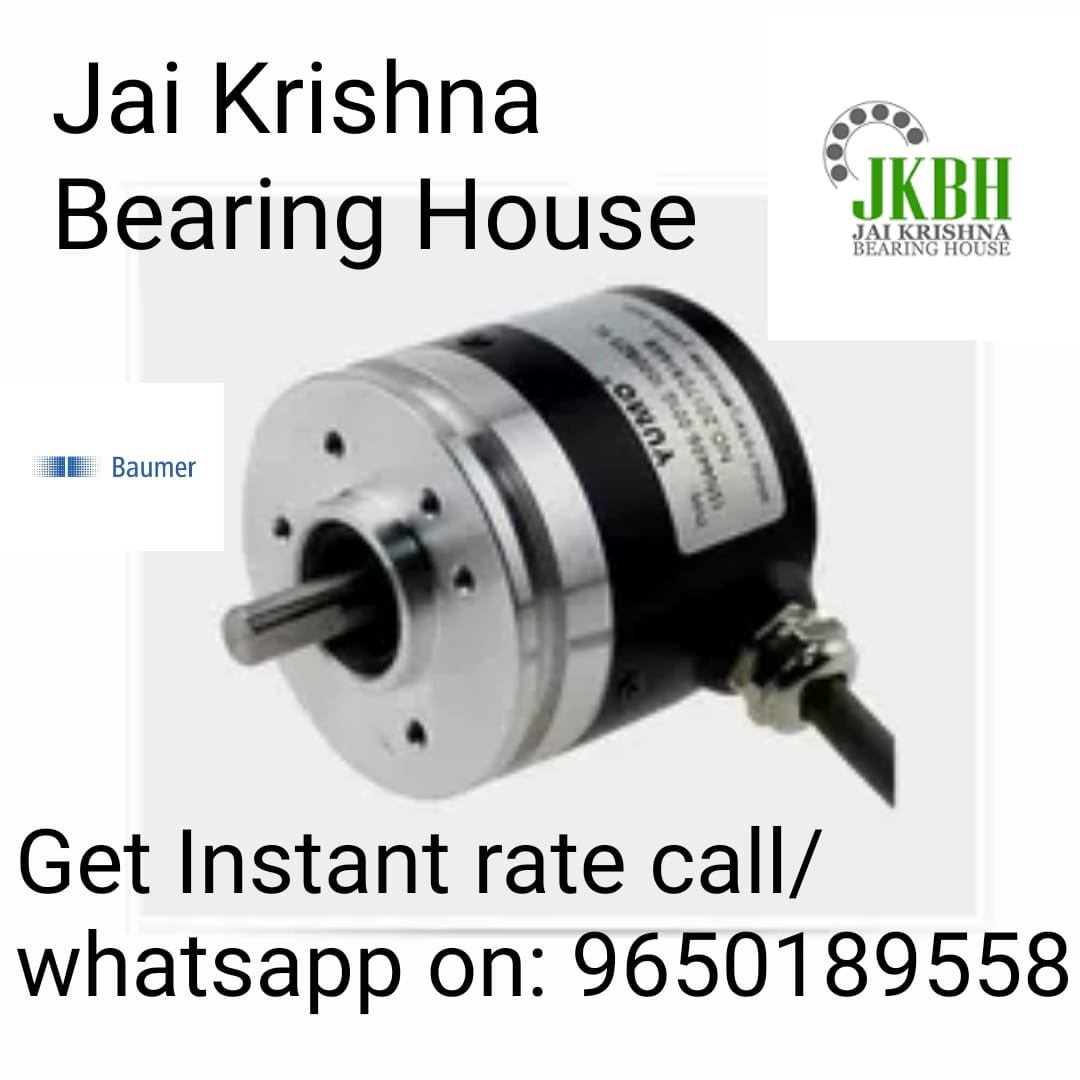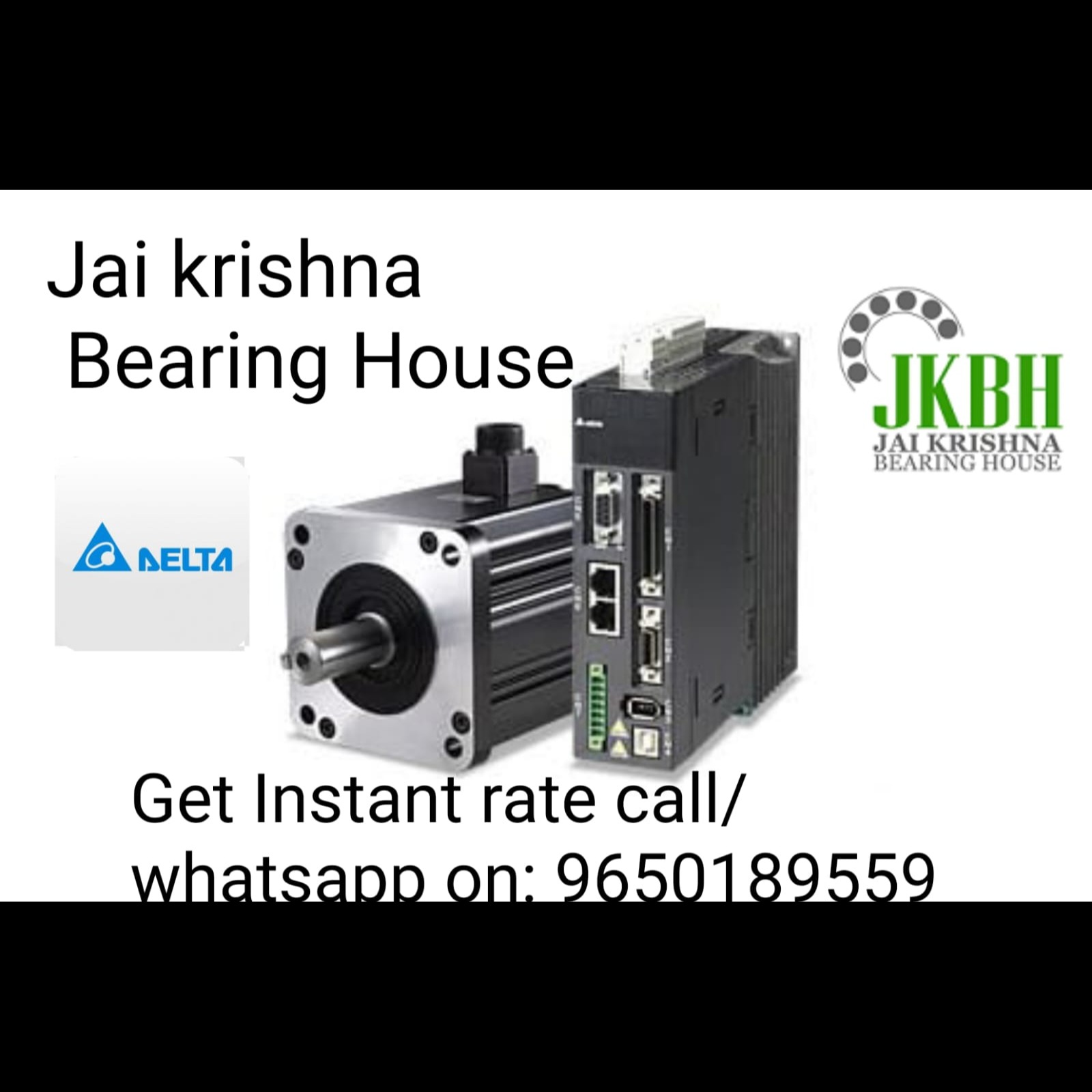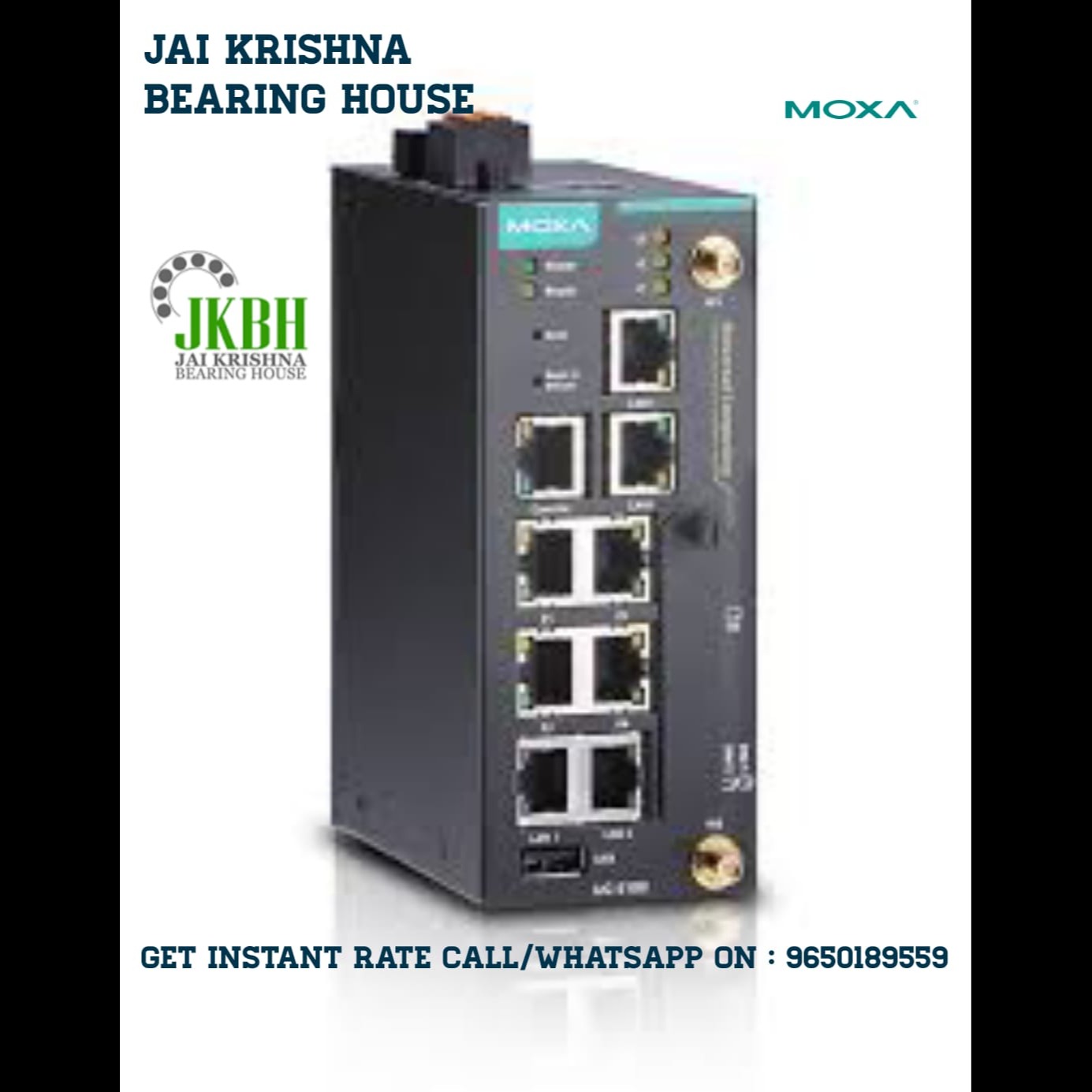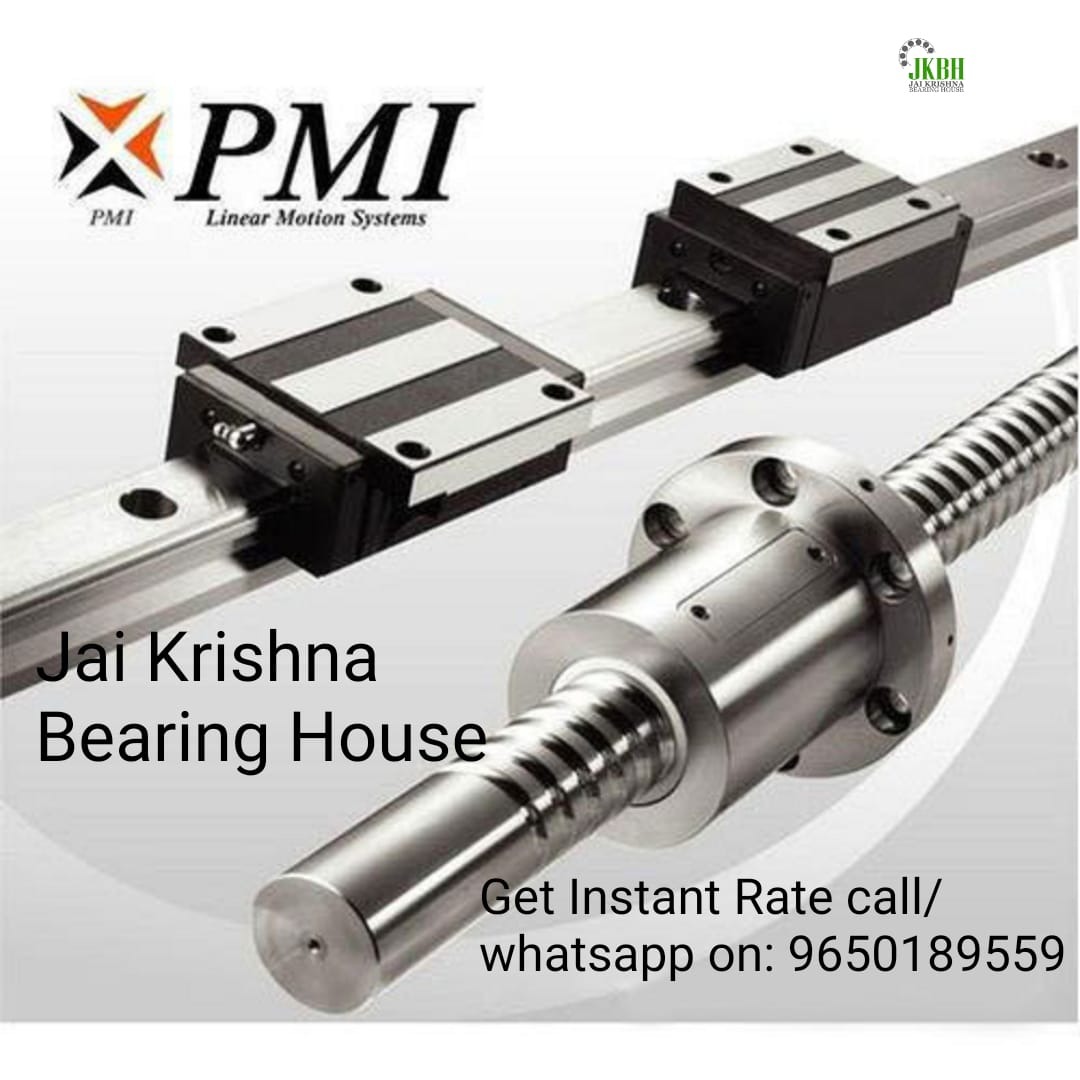
Baumer is a well-known company that manufactures a variety of sensors, including level sensors used for measuring the level of liquids or solids in industrial applications. The Baumer level sensors are widely recognized for their precision, reliability, and ease of integration into various systems.
Types of Baumer Level Sensors:
Capacitive Level Sensors:
Principle: These sensors measure the change in capacitance between two conductive plates, which varies with the level of material between them. The sensor detects this change and converts it into an output signal.
Applications: These are ideal for non-contact level measurements in bulk material or liquids, such as in tanks, silos, and pipelines.
Ultrasonic Level Sensors:
Principle: Ultrasonic level sensors use sound waves to measure the distance between the sensor and the surface of the material. The sensor emits ultrasonic waves and measures the time it takes for the waves to reflect back from the surface.
Applications: These sensors are used in environments where direct contact with the material is not possible or desired, like in dusty or corrosive environments.
Radar Level Sensors:
Principle: Radar level sensors operate similarly to ultrasonic sensors but use microwave radar instead of sound waves. These waves are emitted from the sensor and reflect off the surface of the material to calculate the level.
Applications: Ideal for high-precision and non-contact measurement in a wide range of industrial applications, especially in extreme conditions (e.g., high pressure, temperature, or vacuum).
Float-Based Level Sensors:
Principle: A float is used to physically float on the surface of the liquid. The movement of the float is translated into an electrical signal that represents the liquid level.
Applications: Typically used in applications where a simple and reliable solution is needed, such as in fuel tanks or water treatment plants.
Magnetic Inductive Level Sensors:
Principle: These sensors use a magnetic field generated by a magnet attached to the float to detect the liquid level. When the float moves with the liquid level, the sensor detects the magnetic field and outputs a corresponding signal.
Applications: These are often used in applications where the medium is corrosive or where other types of sensors may not be as effective.
Optical Level Sensors:
Principle: Optical level sensors use light to detect the presence or absence of a liquid at a specific point. The sensor uses a light beam that is reflected back when the liquid is present, enabling precise detection.
Applications: These sensors are typically used for point level detection in tanks or containers, particularly when there is a need to detect a specific fill level.
Key Features of Baumer Level Sensors:
Accuracy and Precision:
Baumer sensors are designed to deliver high levels of accuracy, ensuring that measurements are reliable and precise even in challenging environments.
Versatile Outputs:
Baumer sensors offer a variety of output options, including analog (e.g., 4-20mA, 0-10V) and digital (e.g., IO-Link, Modbus, Profibus) for easy integration into control systems.
Wide Range of Applications:
These sensors are used in various industries such as chemical, food and beverage, pharmaceuticals, water treatment, and oil & gas. Their flexibility makes them suitable for applications with high pressures, high temperatures, or hazardous environments.
Robustness:
Many Baumer level sensors are designed with rugged materials and construction to withstand harsh conditions such as vibration, moisture, and exposure to aggressive chemicals.
Customizable Configurations:
Baumer offers sensors that can be customized to specific needs, whether it\'s for tank level measurement, point level detection, or continuous measurement in diverse materials.
Built-in Diagnostics:
Many Baumer level sensors are equipped with diagnostic capabilities that help monitor sensor health, making maintenance easier and reducing downtime.
Easy Installation:
Baumer sensors typically feature a simple installation process, whether it’s for new installations or retrofits, with easy-to-understand user manuals and flexible mounting options.
Applications of Baumer Level Sensors:
Tank Level Monitoring: For monitoring the level of liquids in storage tanks, reactors, or silos.
Level Detection in Industrial Processes: Ensuring materials like solids, powders, or liquids are properly monitored in production processes.
Overflow Protection: To prevent overflows by providing real-time measurement data for controlling pumps and valves.
Water and Wastewater Treatment: In the monitoring of water levels in reservoirs, sumps, or treatment tanks.
Food and Beverage Industry: For liquid level measurement in food production or beverage filling lines, where hygiene standards are a priority.
Keywords
surface applications
bulk material
sensors measure
float moves
physically float
sensor detects
solids powders
easy integration
light beam
reliable solution
reflect back
sound waves
systems types
industrial applications
ultrasonic sensors
hygiene standards
reservoirs sumps
valves water
controlling pumps
prevent overflows
properly monitored
diagnostic capabilities
vibration moisture
rugged materials
flexibility makes
oil gas
420ma 010v
accuracy ensuring
reflected back
specific point
magnet attached
wide range
microwave radar
direct contact
conductive plates
widely recognized
wellknown company
liquid level
signal applications
fuel tanks
level sensors
food production
continuous measurement
chemical food
electrical signal
beverage industry
water levels
wastewater treatment
output options
extreme conditions
precision reliability
tanks silos
noncontact measurement
magnetic field
level applications ideal
liquid level measurement
output signal applications
baumer level sensors
noncontact level measurements
precision baumer sensors
treatment tanks food
silos level detection
point level detection
simple installation process
hazardous environments robustness
magnetic field generated
storage tanks reactors
beverage filling lines
withstand harsh conditions
deliver high levels
easytounderstand user manuals
iolink modbus profibus
high pressure temperature



